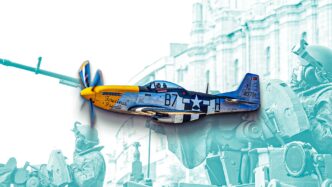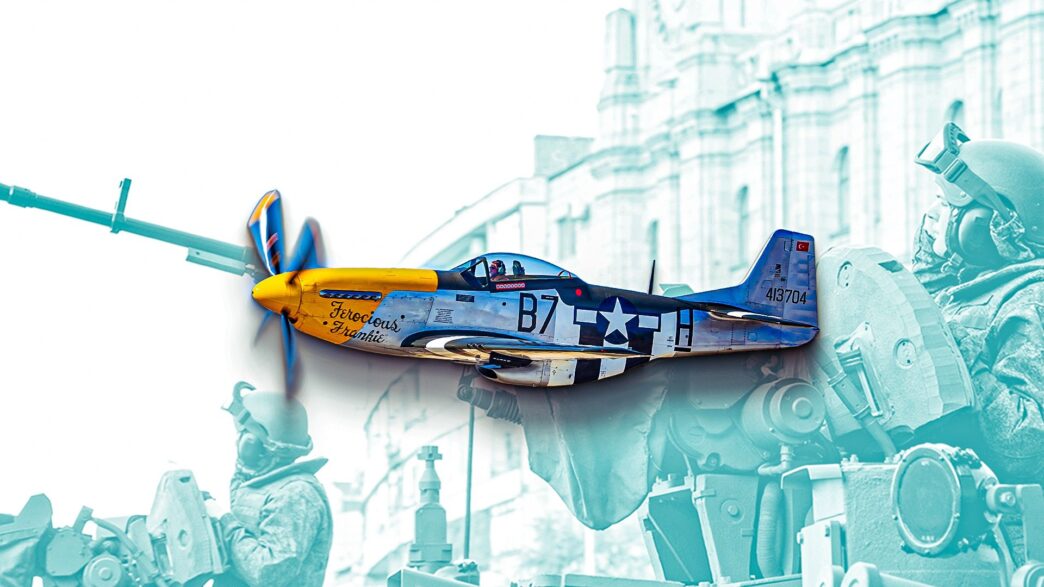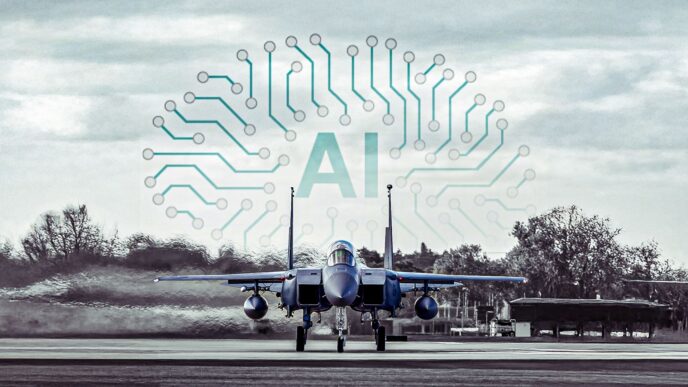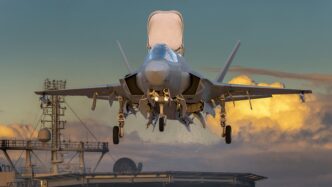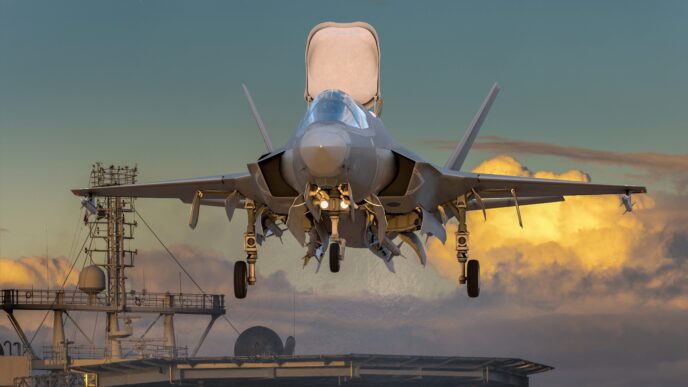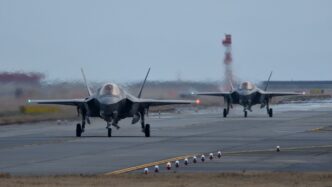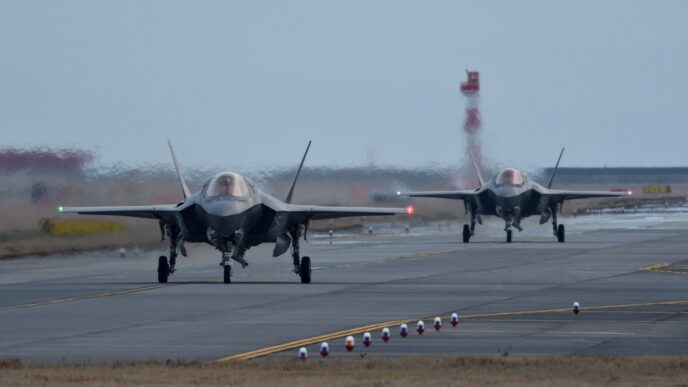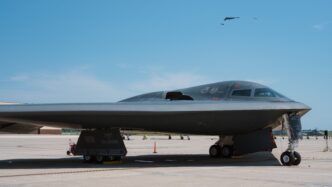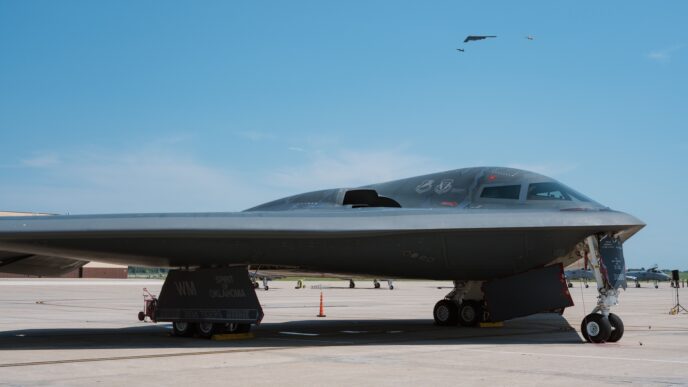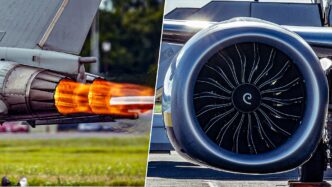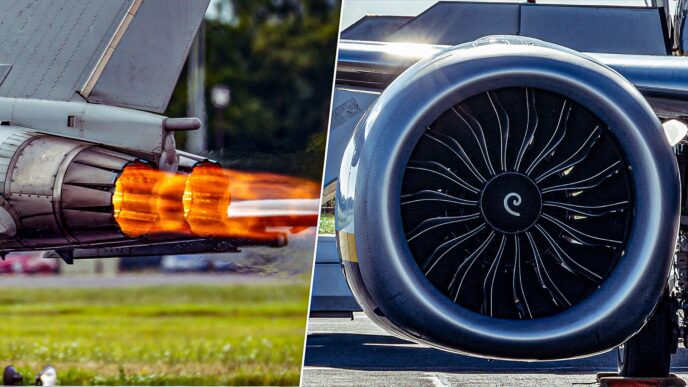The North American P-51D Mustang is a legendary aircraft that played a pivotal role in World War II. Known for its sleek design and powerful performance, the Mustang was a game-changer for the Allies during one of the most intense periods in history. Emerging from an aerospace industry that rapidly advanced from 1939 onwards, the P-51D became a symbol of technological prowess and industrial strength. If you’re into history, you’ve probably heard of the P-51D. While only about 8,000 of these models were produced—less than the 20,000+ Fw-190s and 30,000+ Bf-109s churned out by Nazi Germany—the Mustang proved superior in aerial combat. Its high speed, heavy armament, and long range allowed it to escort bombers deep into enemy territory, effectively taking on Axis fighters.
The United States Army Air Forces (USAAF) faced the daunting task of conducting daylight bombing raids over Europe, starting in January 1943. These missions were crucial for crippling the enemy’s industrial capabilities and disrupting their supply lines. Working alongside the Royal Air Force’s night raids, American bomber crews executed relentless bombing campaigns against Nazi Germany. However, these missions came with significant risks, as bombers were vulnerable to anti-aircraft fire and enemy fighters. Initially, the US tried using Lockheed P-38 Lightnings for escort duties, but they struggled at high altitudes against the nimble German fighters.
Enter the P-51D Mustang, which proved to be a formidable adversary even against the Third Reich’s first jet-powered fighters. The Tuskegee Airmen, also known as the “Red Tails,” were among the most celebrated P-51 squadrons. In one notable mission, they took on 100 enemy aircraft with just 39 fighters, shooting down five while losing only one of their own. The P-51D’s combination of speed, agility, and firepower made it a standout in the skies and a key player in the Allied victory.
#P51DMustang #WWIIHistory #AviationLegends
Originally reported by Simple Flying Read More
